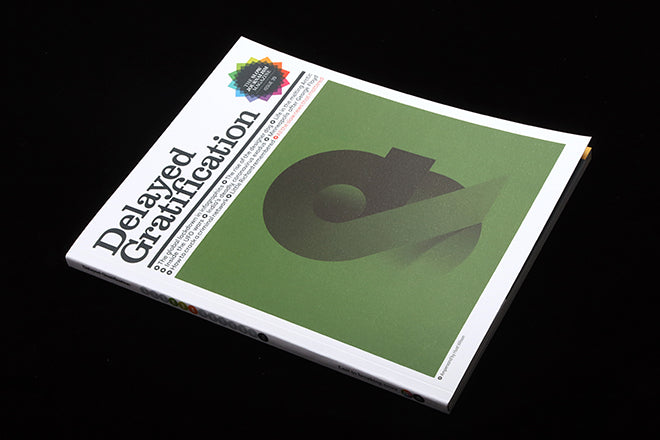
Delayed Gratification #39
The slow journalism pioneers at Delayed Gratification have just published their 39th issue, looking back at the second quarter of this year, April– June. Which of course was the period the world realised Covid-19 was a true pandemic.
It’s fascinating travelling back to the early stages of this huge ongoing story; usually the magazine’s stories are more singular, a mix of the forgotten and new angles on the familiar. This issue they’ve applied this approach to the development of the pandemic, a string of stories taking us back to the origins of our new lives of lockdowns and mask wearing.
Here I pick out five striking stories from the issue; some offer a feeling almost of nostalgia for a simpler time when we felt united against a common foe.

ONE A report about the emptying of our city centres in April is illustrated by a photograph of London’s Regent Street, usually a traffic-clogged thoroughfare packed with office workers and tourists. Alongside it, some key numbers are shared: restrictions on gatherings, schools, workplaces and leaving home. Things that were unthinkable weeks earlier.

TWO The same story carries this classic DG-style double-page infographic, part of a series of diagrams examining the pandemic in detail. This chart describes how different countries closed down and for how long.

THREE Another chart is a timeline of internet search numbers, opening with an increase in searches for ‘Hoarding’ before quickly shifting to the specifics of toilet paper panics – remember? It ends in July with a 5000% increase in the request, ‘How many people can attend a funeral.’

FOUR A month later we’re reminded of what was to become a key event in the British experience of lockdown. May’s lead image shows the prime minister’s chief advisor Dominic Cummings returning home after making a public statement about breaking his own government’s lockdown rules.
If ignoring his own rules had people questioning them for the first time, his unapologetic defence set the tone for the increasing government-public mistrust of the coming months. The accompanying caption outlines the story without comment, deftly saying so much more than the words used.

FOUR It’s not all UK. The plight of 65 million Indian migrant workers, forced to walk hundreds of miles home is noted, before describing the country’s urban slums, where pandemic rules are almost impossible follow.

FIVE Lighter touches remain, including the regular Celebrity Tree Count and a series of TV/Film matrices that note our viewing habits for the quarter. Another is this graphic built out of news of a UK puppy shortage caused by Covid; the rise in cross-bred dogs is explained in a typical cute but factual design ranking the prices of the animals.
Editors: Rob Orchard and Marcus Webb
Art director: Christian Tate


